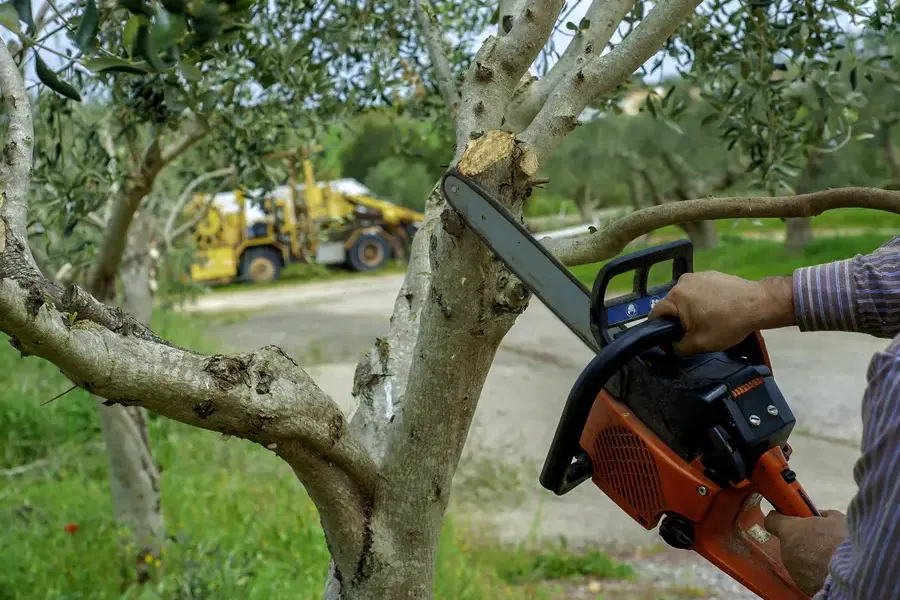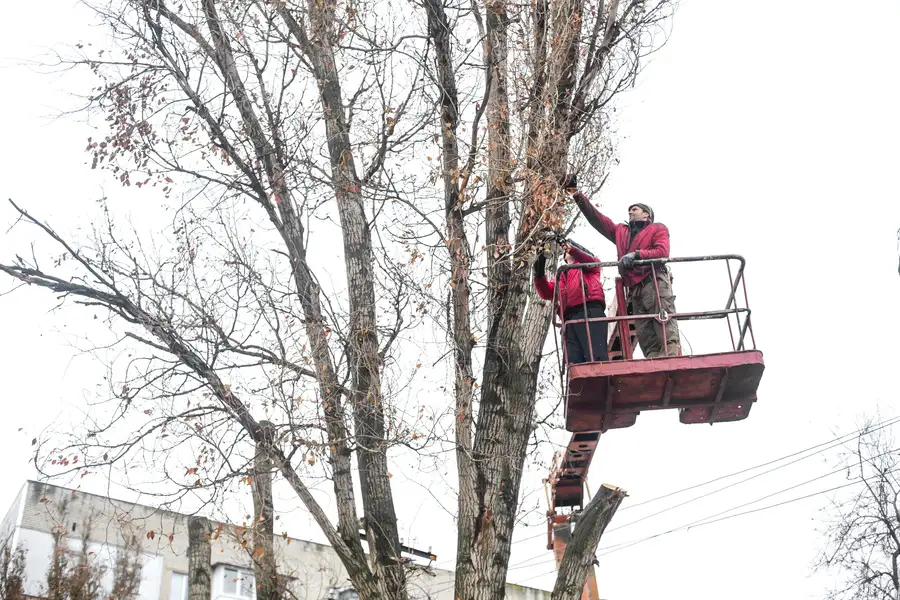Finding the Right Time for Best Growth and Health
Keeping your trees healthy and well-shaped is essential for any landscape. Knowing when to prune them ensures they thrive and look their best. Timing plays a crucial role in tree maintenance. It impacts growth, health, and appearance. By scheduling trimming at the right time, you can promote better growth and prevent disease. This guide will help you understand optimal times for pruning, offering insights into seasonal benefits and how these affect different tree types.

The Importance of Regular Pruning
Regular maintenance is vital for tree health. One key aspect is tree trimming, which helps remove dead or diseased branches. Proper pruning encourages new growth and improves overall tree structure. Trees become stronger and resist pests better with regular care. Regular maintenance also enhances a tree’s aesthetic appeal, making landscapes more attractive.
Optimal Seasons for Tree Maintenance
Spring and fall are ideal seasons for pruning. During these times, trees are either coming out of dormancy or preparing for winter. The cooler weather reduces stress on trees after trimming. Spring allows them to heal faster as they grow, while fall provides a chance to shape and prepare them for winter. Winter pruning is less ideal but possible for specific species that tolerate it.

Understanding Dormant Season Benefits
Pruning during the dormant season offers several advantages. With less foliage on deciduous trees, it’s easier to see branch structures clearly. This visibility allows precise cuts, reducing the risk of damaging the tree. Additionally, trimming in this period minimizes sap loss and lowers infection risks since pests and diseases are less active.
Identifying Signs That Trimming Is Needed
Trees often show signs they need attention. Look for broken branches, uneven shapes, or excessive growth obstructing walkways. These issues indicate it’s time for some care. Also, watch for signs of disease such as discolored leaves or unusual spots on bark. Early intervention can prevent more severe problems later.
- Broken or hanging branches
- Uneven tree shapes
- Branches blocking paths or views
- Discolored leaves or bark spots indicating disease
Handling Overgrown Trees
If a tree has grown too large, careful management is necessary. Removing too much at once can harm the tree, so gradual shaping over time is best. Start by removing dead wood before addressing structural concerns. Hiring a professional may be wise if you’re unsure how to proceed safely.
Safety Tips for DIY Trimming
If you decide to trim your trees yourself, safety is crucial. Use proper tools like sharp pruners and wear protective gear such as gloves and goggles. Ensure stable footing when reaching higher branches and never climb without secure equipment. If a branch seems too challenging to handle alone, don’t hesitate to call an expert.
- Wear protective gear: gloves, goggles, sturdy shoes
- Use appropriate tools: sharp pruners, saws
- Ensure stable footing when working above ground
- Avoid tackling large limbs without assistance
- Contact professionals for difficult tasks
Seeking Professional Help for Extensive Work
Sometimes, professional services are necessary for extensive jobs. Experts have experience and tools for safe removal of large branches or entire trees if needed. They can advise on best practices based on specific needs and environment, ensuring the job is done correctly and efficiently.
Your Next Steps Towards Healthy Trees
JG Landscaping Company offers expert advice tailored to your unique landscape needs. Our team serves clients throughout Minneapolis, MN with quality service and expertise you can trust. Contact us today at (763) 272-8844 to schedule an assessment and ensure your trees remain healthy all year round.